Mastering Custom DTF Transfers: Revolutionize Print-On-Demand Services
Custom DTF Transfers are a game-changer for print-on-demand businesses, offering efficient and high-…….
In today’s rapidly evolving global economy, custom DTF (Direct to Fabric) transfers have emerged as a transformative technology in the printing and apparel industries. This innovative process allows for precise, high-quality printing directly onto fabric, enabling businesses to create personalized, on-demand garments and products. The concept is simple yet powerful: by eliminating traditional intermediate steps, DTF transfers offer a cost-effective and versatile solution for custom apparel production.
This article aims to provide an in-depth understanding of custom DTF transfers, exploring their mechanics, global impact, economic implications, technological innovations, regulatory landscape, and future potential. By delving into these aspects, we will uncover the significance of this technology and its role in shaping the future of personalized merchandise and fashion.
Definition: Custom DTF transfers, or direct-to-fabric printing, is a digital printing method that allows for precise application of ink directly onto various fabric types without the need for traditional screen printing or platens. This process enables businesses and individuals to create custom designs on fabrics with exceptional detail and accuracy.
Core Components:
Ink: Specialized DTF inks are used, which are designed to adhere well to different fabric materials. These inks typically consist of a base, pigments, and various additives for improved durability and washability.
Fabric Substrates: A wide range of fabrics can be printed upon, including cotton, polyester, nylon, silk, and blends. The choice of fabric significantly impacts the final product’s quality and feel.
Printing Machinery: DTF printing machines use a piezoelectric printhead to dispense ink precisely onto the fabric. These machines vary in size and capabilities, ranging from small desktop models to industrial-scale printers suitable for high-volume production.
Historical Context:
The journey of DTF printing began in the 1990s with the development of piezoelectric printheads, which revolutionized digital printing. Initially, this technology found application in inkjet printing and later evolved to cater to fabric printing. Custom DTF transfers gained traction in the early 2010s as advancements in ink formulations and printing machinery made it a viable option for small-scale custom apparel production.
Significance:
Custom DTF transfers have disrupted traditional garment printing methods by offering several advantages:
Cost-Effectiveness: Eliminating the need for screen setups, plates, and labor reduces production costs, making it ideal for small businesses and entrepreneurs.
Versatility: The technology accommodates a wide range of fabric types and design complexities, catering to diverse customer preferences.
Speed and Efficiency: DTF printing machines can produce high-quality prints promptly, enabling faster turnaround times for custom merchandise.
Personalization: This method allows for on-demand customization, empowering businesses to offer unique, personalized products to their customers.
The global impact of custom DTF transfers is profound, with significant trends shaping its trajectory across different regions:
| Region | Trends & Observations | Key Drivers |
|---|---|---|
| North America | Strong adoption in the apparel and merchandise sectors, particularly for small businesses and e-commerce brands. The region’s focus on personalized, on-demand products drives demand. | E-commerce growth, emphasis on brand customization, and a thriving startup culture. |
| Europe | Growing popularity among local designers and fashion houses, with a shift towards sustainable and ethically sourced fabrics. The EU’s strict chemical regulations impact ink formulations. | Sustainability trends, regulatory compliance, and a mature fashion industry. |
| Asia-Pacific | China and India lead in DTF printing capabilities, catering to global apparel brands and local markets. Rapid technological adoption drives innovation. | Low labor costs, high production volumes, and a large consumer base. |
| Latin America & Middle East | Emerging markets with growing interest in personalized merchandise, driven by youth populations and cultural events. | Youth culture, festivals, and a rising demand for unique, customized products. |
These trends highlight the global nature of DTF printing’s impact, with each region contributing to its development and adoption based on unique economic, cultural, and regulatory factors.
Custom DTF transfers have significant implications for various sectors within the economy:
Market Dynamics: The technology disrupts traditional garment manufacturing by enabling small businesses to compete with larger companies. It fosters a more decentralized market, where custom apparel production can occur at local or even home-based levels.
Investment Patterns: The initial investment in DTF printing machinery varies, with desktop models starting at around $1000 and industrial printers costing tens of thousands. However, the lower operational costs and faster turnaround times make it an attractive investment for many businesses.
Economic Systems: DTF transfers contribute to local economies by supporting small businesses, promoting entrepreneurship, and creating job opportunities in garment production and design.
Supply Chain Impact: By reducing the need for extensive inventory and middlemen, this method streamlines apparel supply chains, benefiting both manufacturers and consumers.
The field of custom DTF transfers is continuously evolving, driven by technological advancements:
Ink Formulations: Researchers are developing eco-friendly inks with improved washability and colorfastness, addressing concerns about the environmental impact and longevity of printed garments.
Printing Machinery: Newer machines offer higher print speeds, enhanced precision, and improved ink management systems, elevating the overall printing experience.
Digital Design Tools: Advanced design software now supports DTF printing, providing users with intuitive tools to create complex designs and achieve precise color matching.
Integration with Other Technologies: The integration of DTF printing with heat transfer or sublimation techniques expands the range of customizable products, including phone cases, mugs, and blankets.
The regulatory environment surrounding custom DTF transfers varies across jurisdictions, primarily focusing on ink safety and fabric regulations:
Ink Regulations: The EU’s REACH (Registration, Evaluation, Authorization, and Restriction of Chemicals) regulation requires thorough testing and compliance for inks used in clothing. Similar regulations exist in other regions to ensure the safe use of chemicals in consumer products.
Fabric Standards: Various countries have established standards for fabric quality, durability, and composition. These standards ensure that printed fabrics meet specific criteria, maintaining product quality.
Intellectual Property Rights: As custom design printing becomes more accessible, protecting original designs and branding becomes crucial. Trademark laws and copyright regulations play a vital role in this aspect.
The future of custom DTF transfers is promising, with several factors driving its growth and evolution:
Personalization on Demand: The technology will continue to be a driver for personalized merchandise, catering to individuals seeking unique, tailored items.
Sustainability Focus: With growing environmental concerns, eco-friendly ink formulations and sustainable fabric choices will gain prominence, aligning with consumer preferences.
Integration with E-commerce: DTF printing is poised to become an integral part of e-commerce platforms, enabling businesses to offer custom product options directly to consumers.
Global Expansion: As technology improves and costs decrease, custom DTF transfers are expected to penetrate new markets, especially in regions with emerging apparel industries.
Custom DTF transfers represent a significant advancement in personalized merchandise production, offering cost-effective, versatile, and efficient solutions. Its global impact is evident across diverse regions, driving innovation and empowering businesses and individuals to express their creativity through custom-designed products.
As technology continues to evolve, the future of DTF printing promises even greater accessibility, sustainability, and integration into our daily lives. This method not only enhances the way we produce and consume apparel but also encourages individuality and self-expression in a truly personalized world.
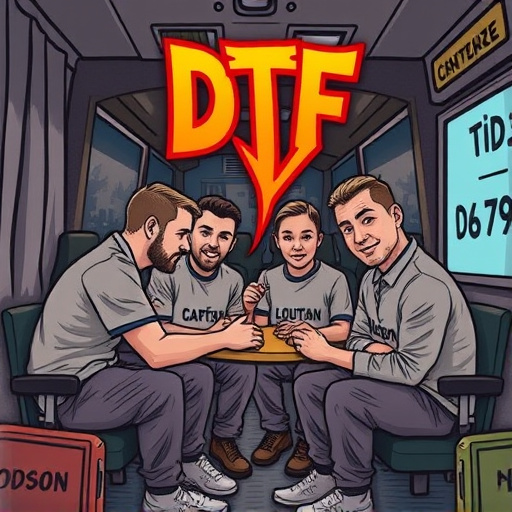
Custom DTF Transfers are a game-changer for print-on-demand businesses, offering efficient and high-…….

Custom DTF transfers have transformed apparel production, enabling personalized, on-demand products…….
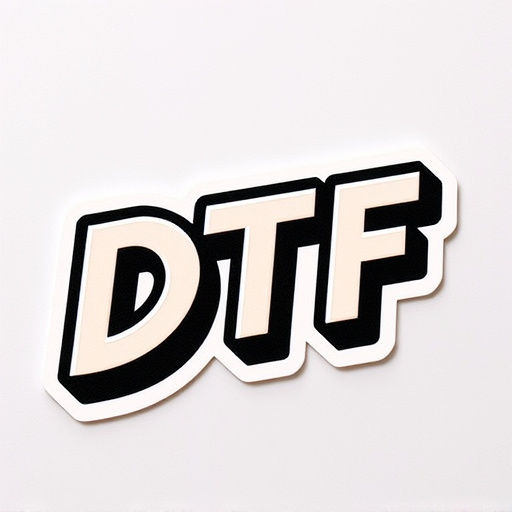
Custom DTF Transfers, with their delicate construction and vibrant colors, require stringent storage…….
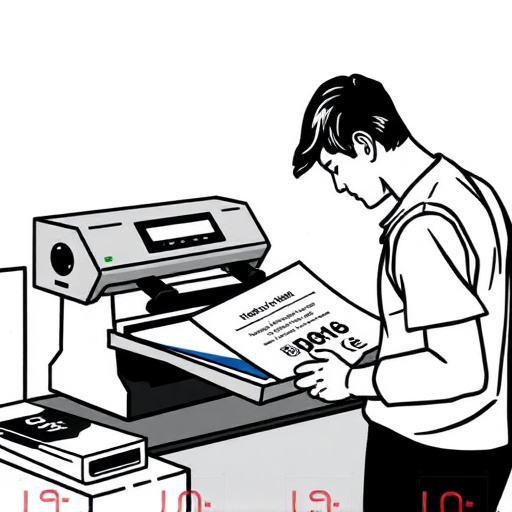
Custom DTF Transfers are a game-changer for small businesses, offering high-quality, vibrant printin…….
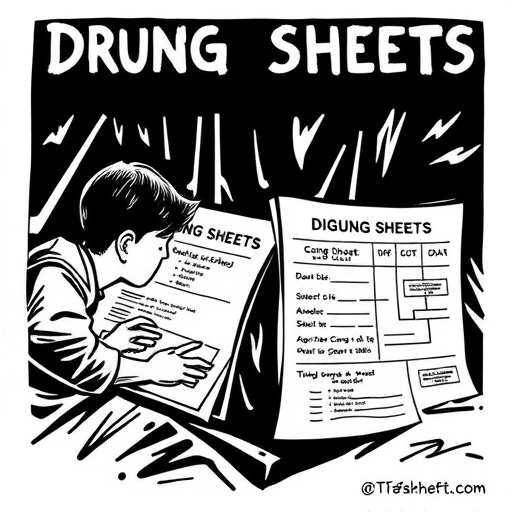
Custom DTF (Direct to Fabric) Transfers are a game-changer for product launches, especially seasonal…….

Custom DTF Transfers transform printing with advanced technology, allowing intricate, vibrant design…….
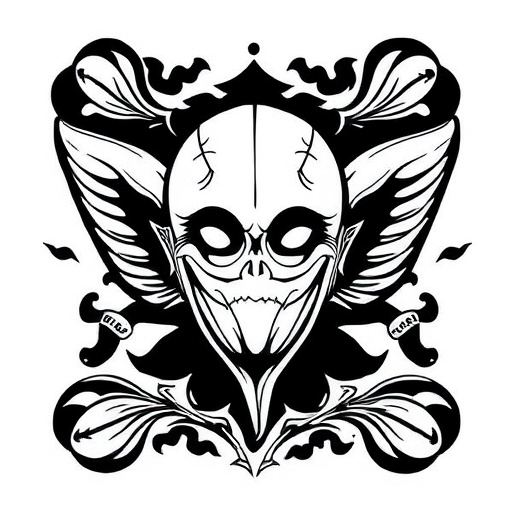
Custom DTF (Direct-to-Fabric) transfers have revolutionized apparel printing, offering cost-effectiv…….

Custom DTF Transfers offer advanced fabric printing but require careful handling. Risks include colo…….
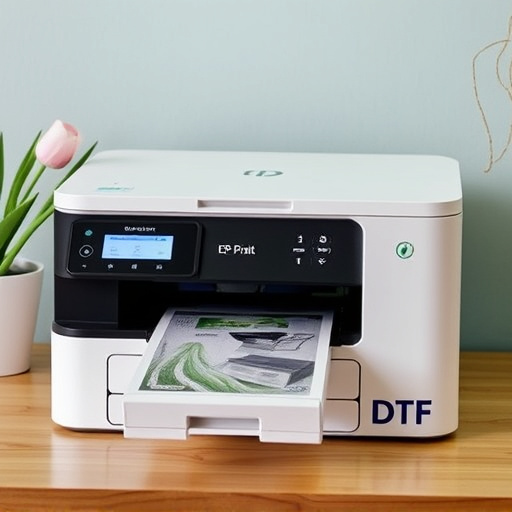
Custom DTF Transfers are transforming merchandise creation for influencers and artists by offering u…….
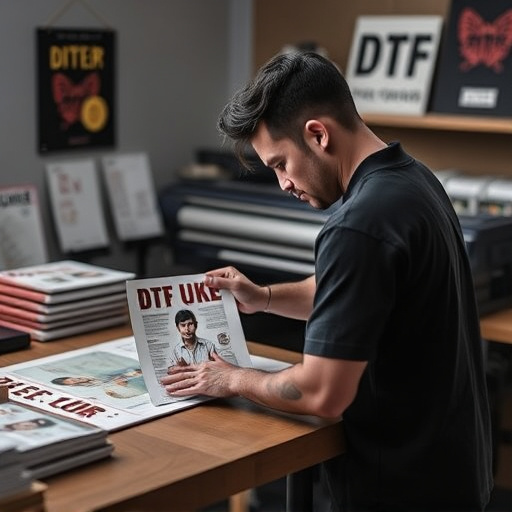
Custom DTF Transfers have gained popularity due to their versatility and high-quality results in gar…….